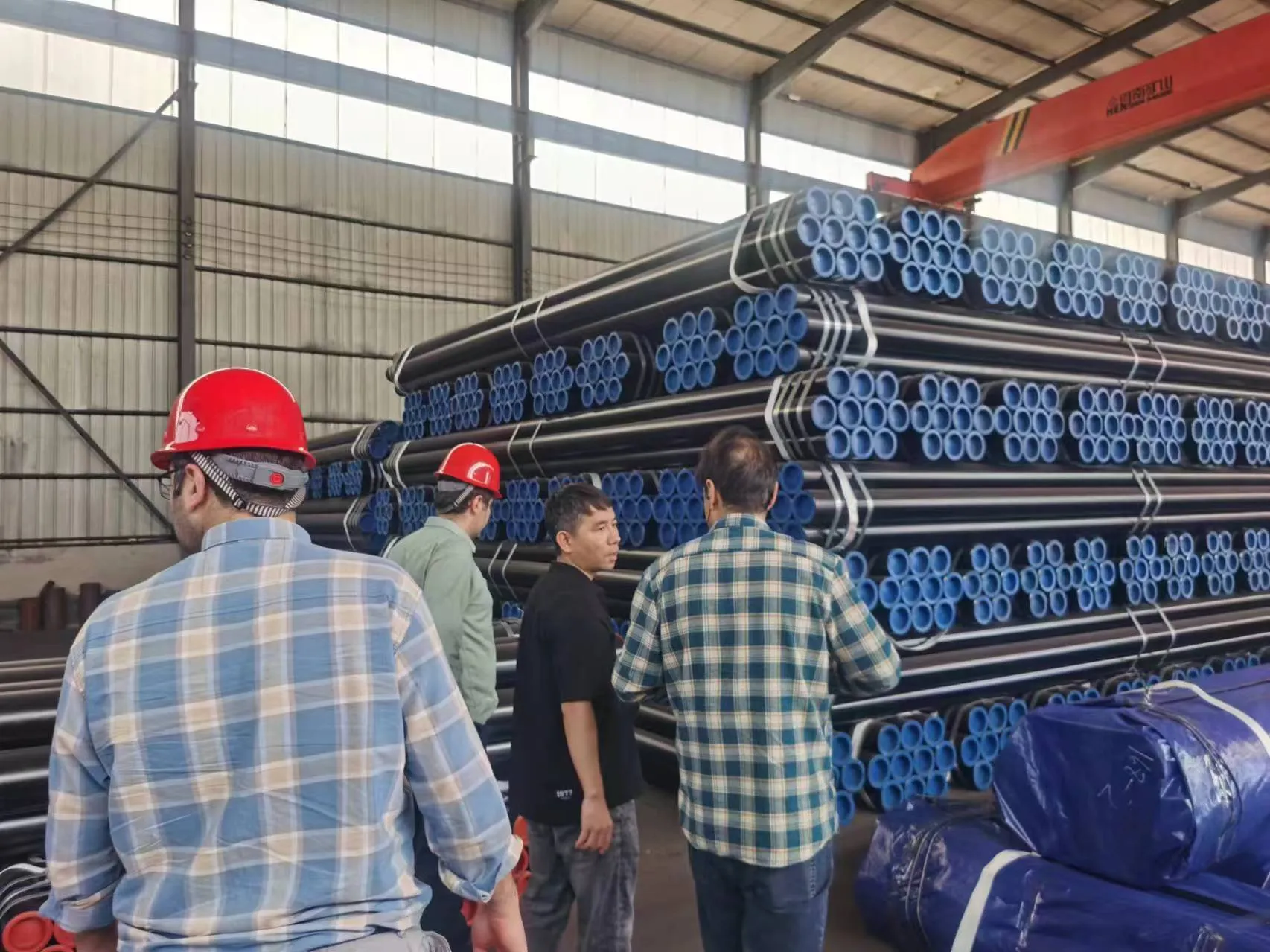-
Cangzhou Yulong Steel Co., Ltd.
-
Phone:
+86 13303177267 -
Email:
admin@ylsteelfittings.com
- English
- Arabic
- Italian
- Spanish
- Portuguese
- German
- kazakh
- Persian
- Greek
- French
- Russian
- Polish
- Thai
- Indonesian
- Vietnamese
- Zulu
- Korean
- Uzbek
- Hindi
- Serbian
- Malay
- Ukrainian
- Gujarati
- Haitian Creole
- hausa
- hawaiian
- Hebrew
- Miao
- Hungarian
- Icelandic
- igbo
- irish
- Japanese
- Javanese
- Kannada
- Khmer
- Rwandese
- Afrikaans
- Albanian
- Amharic
- Armenian
- Azerbaijani
- Basque
- Belarusian
- Bengali
- Bosnian
- Bulgarian
- Catalan
- Cebuano
- China
- China (Taiwan)
- Corsican
- Croatian
- Czech
- Danish
- Esperanto
- Estonian
- Finnish
- Frisian
- Galician
- Georgian
- Kurdish
- Kyrgyz
- Lao
- Latin
- Latvian
- Lithuanian
- Luxembourgish
- Macedonian
- Malgashi
- Malayalam
- Maltese
- Maori
- Marathi
- Mongolian
- Myanmar
- Nepali
- Norwegian
- Norwegian
- Occitan
- Pashto
- Dutch
- Punjabi
- Romanian
- Samoan
- Scottish Gaelic
- Sesotho
- Shona
- Sindhi
- Sinhala
- Slovak
- Slovenian
- Somali
- Sundanese
- Swahili
- Swedish
- Tagalog
- Tajik
- Tamil
- Tatar
- Telugu
- Turkish
- Turkmen
- Urdu
- Uighur
- Welsh
- Bantu
- Yiddish
- Yoruba

Nov . 01, 2024 13:10 Back to list
Techniques and Innovations in 6G Pipe Welding for Advanced Piping Systems
The Significance of 6G Pipe Welding
In the field of pipe welding, the 6G position is one of the most challenging and critical techniques used by welders around the globe. This welding position allows for a diverse range of applications, especially in industries like oil and gas, shipbuilding, and power generation. Understanding the nuances of 6G pipe welding is crucial for achieving high-quality welds that can withstand the rigors of their operational environments.
The Significance of 6G Pipe Welding
One of the primary benefits of 6G welding is its versatility. The ability to weld in multiple orientations means that welders are trained to handle almost any welding scenario encountered in the field. This adaptability is essential, particularly in environments with limited space and tricky angles, where other welding positions may be insufficient. For example, in oil rigs or underwater pipelines, welders often face considerable constraints, making the 6G position indispensable for high-quality outcomes.
6g pipe welding

Moreover, the 6G welding technique is often associated with the use of various welding processes such as TIG (Tungsten Inert Gas), MIG (Metal Inert Gas), and stick welding. Each method has its advantages, with TIG welding often preferred for its superior precision and clean finishes, making it ideal for high-pressure applications. The ability to switch between these processes within the 6G position allows welders to optimize their techniques based on the specific requirements of the job.
Training for 6G pipe welding typically involves rigorous practice and mastery of various welding positions and techniques. Welders are expected to undergo comprehensive training programs that focus on both theoretical knowledge and practical skills. Certification in the 6G position is often a requirement in many industries, as it ensures that the welder has the necessary expertise to produce safe and reliable connections.
Safety is another paramount consideration in 6G pipe welding. Given the environments in which these welds are often made—like oil fields or chemical plants—ensuring the integrity of welds is crucial to prevent catastrophic failures. Proper training and adherence to safety protocols can significantly reduce the risks associated with welding operations.
In conclusion, 6G pipe welding is a vital skill in the welding industry, recognized for its complexity and its applicability across various sectors. The ability to weld in multiple positions not only enhances a welder's versatility but also plays a critical role in maintaining the safety and efficiency of vital infrastructure. As industries continue to evolve, the demand for skilled 6G welders will undoubtedly remain strong, underscoring the importance of training and certification in this challenging field.
Latest news
-
ANSI 150P SS304 SO FLANGE
NewsFeb.14,2025
-
ASTM A333GR6 STEEL PIPE
NewsJan.20,2025
-
ANSI B16.5 WELDING NECK FLANGE
NewsJan.15,2026
-
ANSI B16.5 SLIP-ON FLANGE
NewsApr.19,2024
-
SABS 1123 FLANGE
NewsJan.15,2025
-
DIN86044 PLATE FLANGE
NewsApr.19,2024
-
DIN2527 BLIND FLANGE
NewsApr.12,2024
-
JIS B2311 Butt-Welding Fittings LR/SR 45°/90° /180°Seamless/Weld
NewsApr.23,2024











